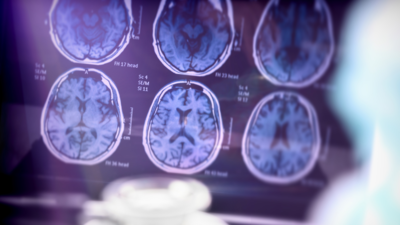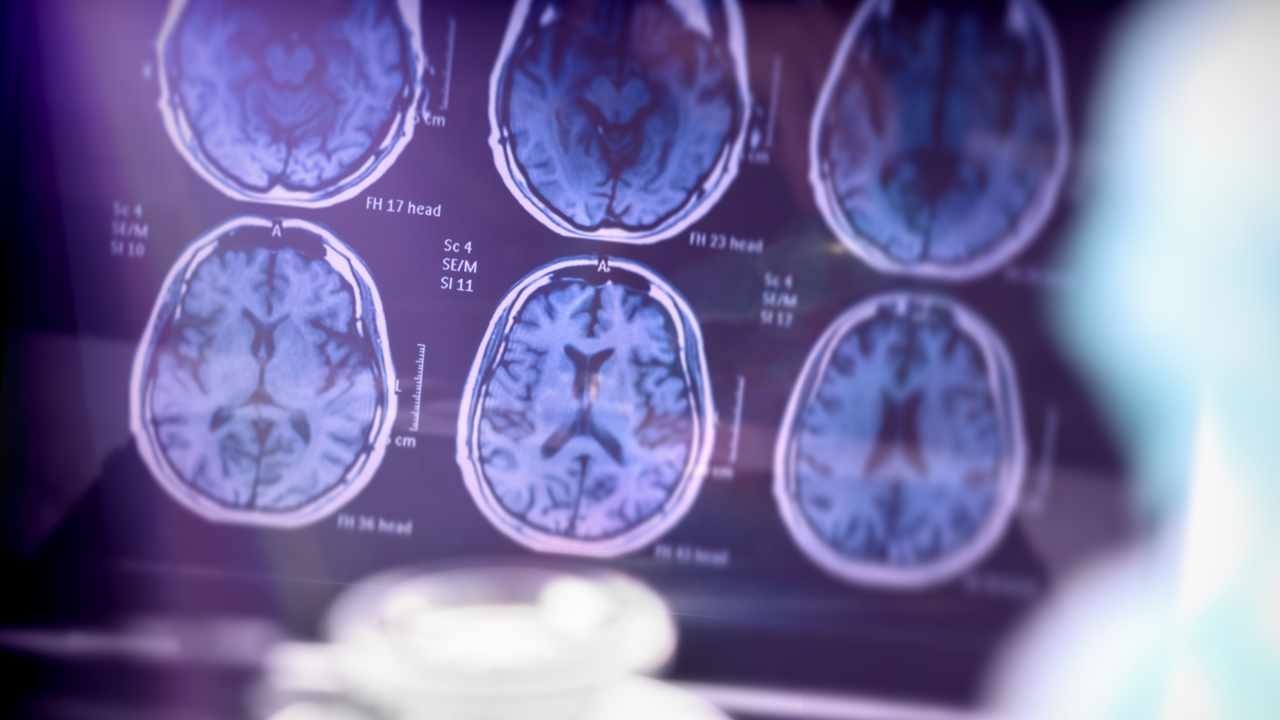CU Anschutz researchers provide fresh perspectives on the long-term consequences of HSV-1 infection. Common cold sores are caused by the
Herpes simplex virus
type 1 (HSV-1), which can also spread to the central nervous system and specific brain regions. The findings of the study, which were released today in the Journal of Virology, are among the first to identify the way in which this widespread virus enters the brain, improving our knowledge of how HSV-1 may cause neurological disorders.
Christy Niemeyer, PhD, an assistant professor of neurology at the University of Colorado Anschutz Medical Campus and co-first and corresponding author, states, “This common virus has recently been implicated in
neurodegenerative diseases
, such as Alzheimer’s disease, but no clear route of central nervous system invasion has been established.”
Understanding how HSV-1 causes disease requires knowing how it can enter the brain and which parts of the brain are susceptible.
Charting the Brain’s HSV-1 Pathway
Researchers also sought to ascertain if HSV-1 migrates randomly or to certain regions of the brain when it enters. They were able to map the virus’s path through the brain and identify key areas that are in charge of numerous essential processes, including the brain stem, which regulates movement and sleep. The hypothalamus, a crucial hub for mood, hunger, sleep, and hormone regulation, as well as areas of the brain that generate serotonin and norepinephrine, were also shown to harbor HSV-1.
Despite the fact that HSV-1 does not cause severe encephalitis, it can still impact the functioning of some regions in the brain, ” says Neimeyer.
Microglia’s Function in HSV-1 Infection
Niemeyer and colleagues also demonstrate how HSV-1 affects microglia, which are important immune cells in the brain. They discovered that when microglia interacted with HSV-1, they were “inflamed.” However, in certain areas of the brain, the inflamed microglia continued to exist even after the virus was eliminated.
“Determining the function of microglia offers valuable hints regarding the effects of HSV-1 infection and how it causes neurological disorders,” Niemeyer explains. Chronic inflammation, a known cause of several neurological and neurodegenerative disorders, can result from continuously inflamed cells. This study provides valuable insights into the relationship between viruses and both the development of common neurological disorders and general brain health.
I’m Manas Ranjan Sahoo: Founder of “Webtirety Software”. I’m a Full-time Software Professional and an aspiring entrepreneur, dedicated to growing this platform as large as possible. I love to Write Blogs on Software, Mobile applications, Web Technology, eCommerce, SEO, and about My experience with Life.




